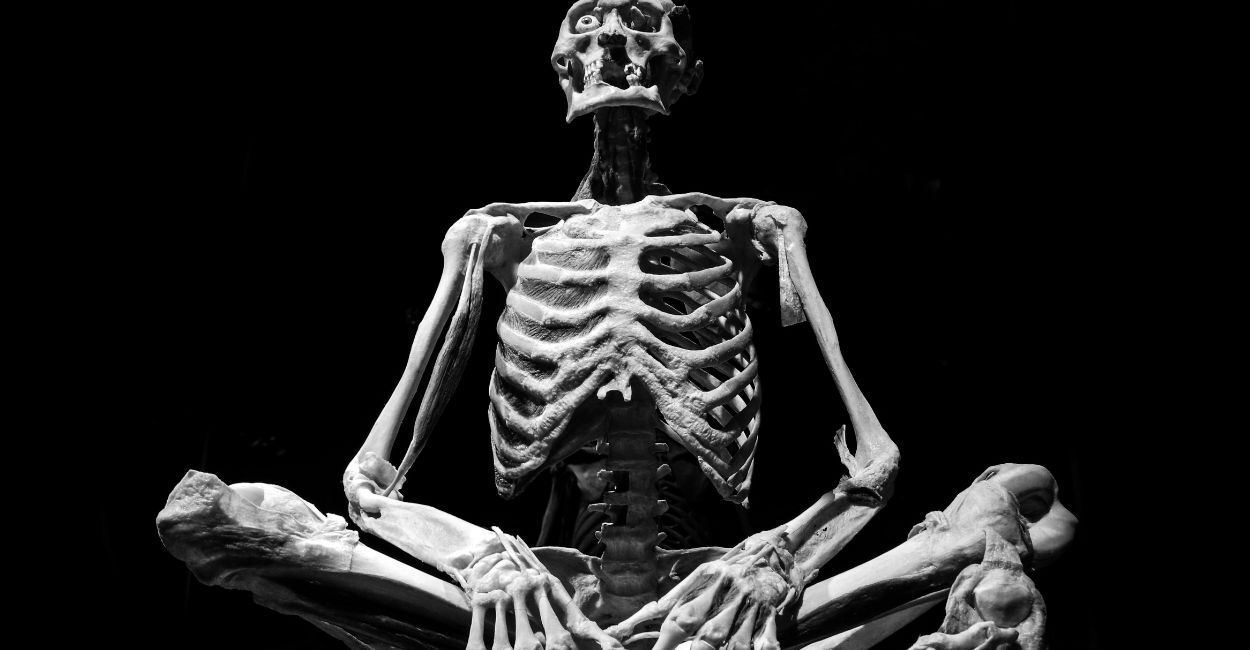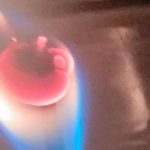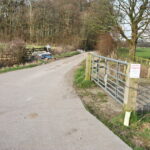Bones in the musculoskeletal system are connective tissues that support the body’s structure and support freedom of movement. It comprises specialized bone cells, calcium, bone marrow, and other minerals in a rigid matrix. Bone banks are necessary for providing musculoskeletal tissues for transplantation due to the development of new surgical techniques. Bone banks will serve as a critical resource for various surgical procedures, ensuring that healthcare providers have access to safe and high-quality bone grafts. It is convenient for the surgeon, decreases trauma to the patient, and decreases blood loss and operative time. They are essential in healthcare as they…...
Sign in with Google to continue reading
💬 Meet Our Members

Julia Orozco
Poet who love nature and writing poetry.
Tamizh Ponni VP
Tamizh Ponni VP is an ambivert who loves to express her skills…

Dr. B.H.S Thimmappa
B.H.S. Thimmappa is a seasoned chemistry professional with extensive experience in developing…

Abhinaba Maitra
Abhinaba Maitra is a Kolkata-based writer with a background in software engineering.…

Sindhu Gopalkrishnan
I love writing as I get to create something beautiful and touch…

Khushi Barman
I'm a 22-year-old Indian psychology student. I have a strong interest in…
Support independent journalism. Your membership keeps us going.
Bones in the musculoskeletal system are connective tissues that support the body’s structure and support freedom of movement. It comprises specialized bone cells, calcium, bone marrow, and other minerals in a rigid matrix. Bone banks are necessary for providing musculoskeletal tissues for transplantation due to the development of new surgical techniques. Bone banks will serve as a critical resource for various surgical procedures, ensuring that healthcare providers have access to safe and high-quality bone grafts. It is convenient for the surgeon, decreases trauma to the patient, and decreases blood loss and operative time. They are essential in healthcare as they provide biological material for orthopedic/dental surgeries and help reconstruct bone defects by bone grafts to replace/repair missing/damaged bones. A human bone bank has several functions, including donor selection using medical examinations, bone/tissue collection from donors, testing (bacteriological, histological, serological examinations, and infection control tests), processing, preserving, and storing the tissue, and distributing it to surgeons to perform transplants.
Fresh allografts are harvested and processed by thoroughly washing away blood and marrow elements. A biopsy and histopathological examination are done to exclude malignancies and infections. Gamma irradiation (cobalt-60 source) of allograft bone at low temperatures (-85°C) is a crucial process that ensures the removal of potential pathogens and the safety/quality of allografts, causing fewer alterations in the mechanical properties. Once sterilized, they are stored at very low temperatures (- 70 to -80°C) and transported in specially sealed Styrofoam containers packed with dry ice. Freeze-dried bone allograft involves the removal of water from the frozen tissue by sublimation in a vacuum. In the case of cadaveric donors, bone allografts must be procured as early as possible to avoid bacterial contamination. The types of grafts available in a bone bank may include deep-frozen femoral heads/long bones/lyophilized bone blocks (irradiated/non-irradiated), fresh, fresh-frozen, freeze-dried, and demineralized bones. A unique registration code is allocated to each bone allograft that enables the bone bank administrator to trace the donor. Consent forms, records of individual donor screening tests, processing steps/methods, allograft size, allocation/expiry dates, and recipient records are maintained in a file. Bone bank protocol components include the organization, donor selection, documentation, storage, processing, and implementation. It is better to focus on establishing a collaboration between universities/higher education institutions on establishing a systematic framework for gamma irradiation of bone allograft materials that play an essential role in supporting a series of orthopedic procedures, neurosurgery, or bone operations. Bone banks involve both medical organizations and legal structures in a complex process. There is an increasing demand for banked bones each year. Bone bank is a boon to those who need bones to fix their damaged bone parts due to accidents. In the future, bone banks may use artificial biomaterials for grafting, follow fast and customized treatments to reduce hospital stays and costs, enhance the safety and efficacy of the transplant, and develop novel technologies to improve patient care.
Thus, a human bone bank plays a crucial role in preserving bone tissue for transplantation. By using bone grafts from a bank, surgeons can minimize the need to harvest bone from the patient’s body (autografts), reducing pain and recovery time. Bone bank advantages include increased availability of bone grafts for various procedures, reduced patient burden, improved outcomes, and cost-effectiveness compared to autografts. The key considerations include adhering to strict screening, processing, sterilization, and storage protocols to ensure safety and efficacy. The need for more public awareness about tissue donation and the limited availability of suitable donors pose challenges to bone banks.











